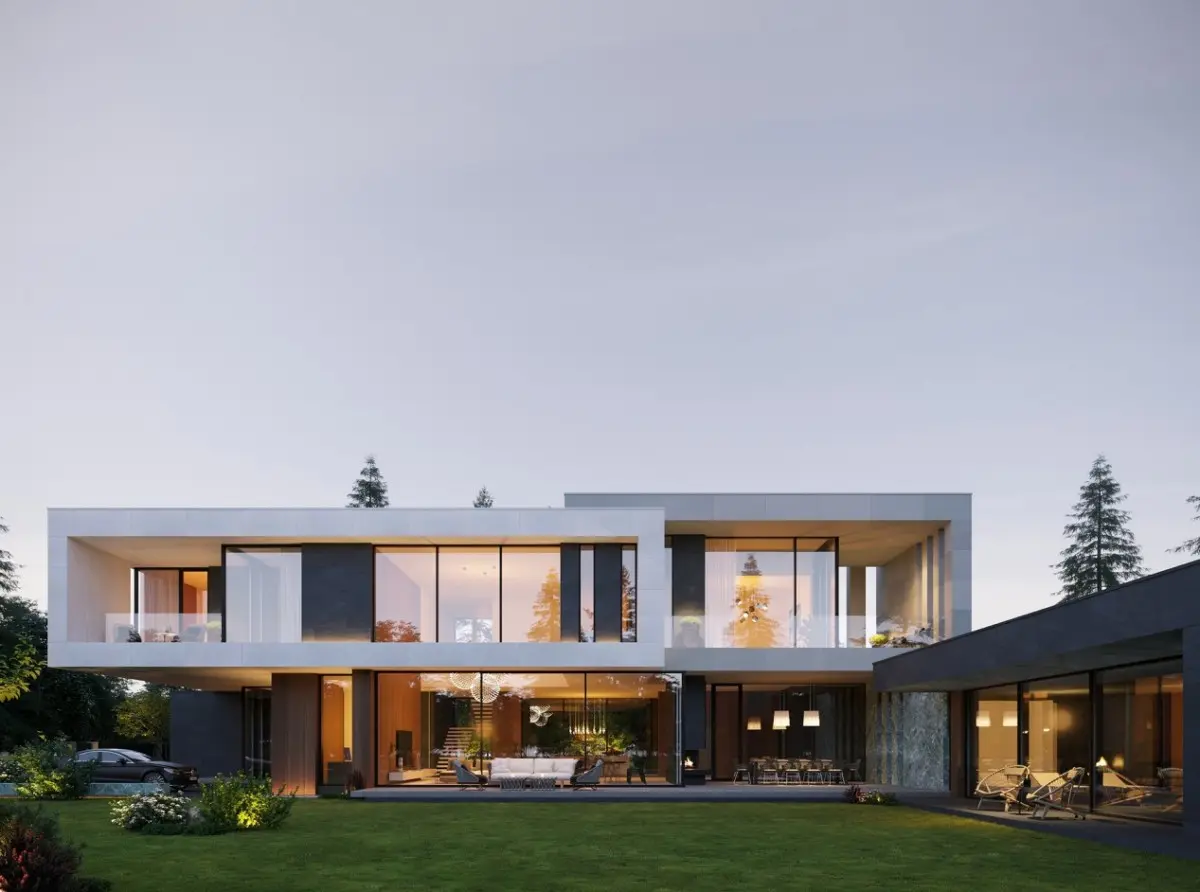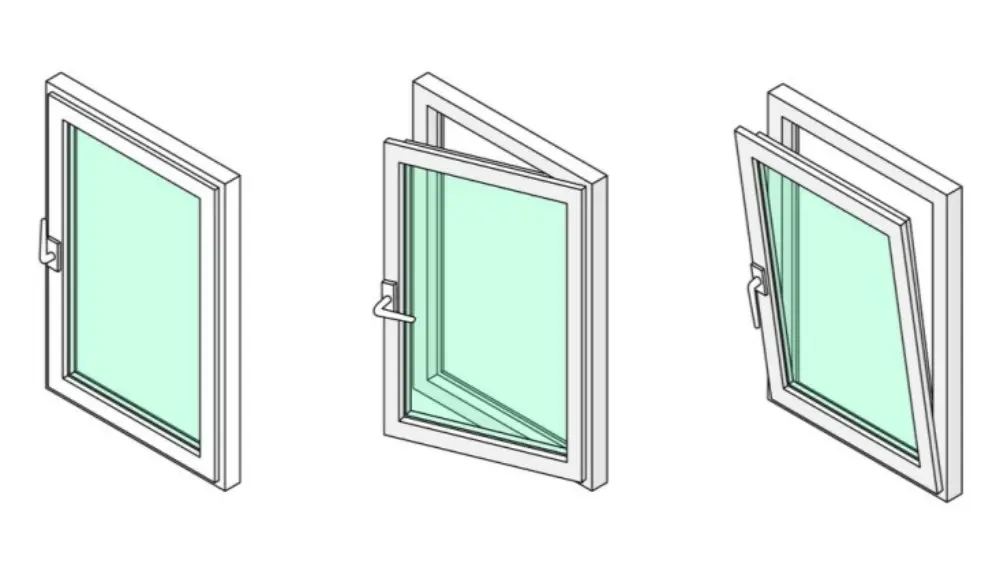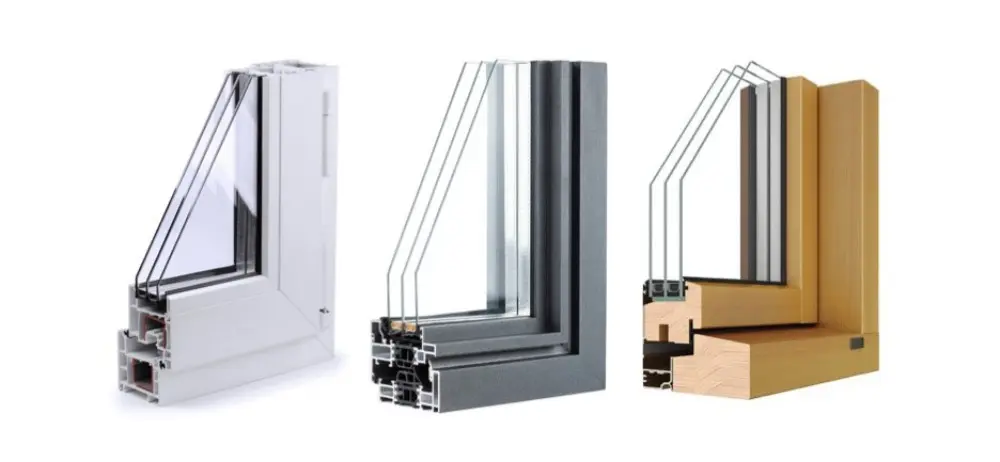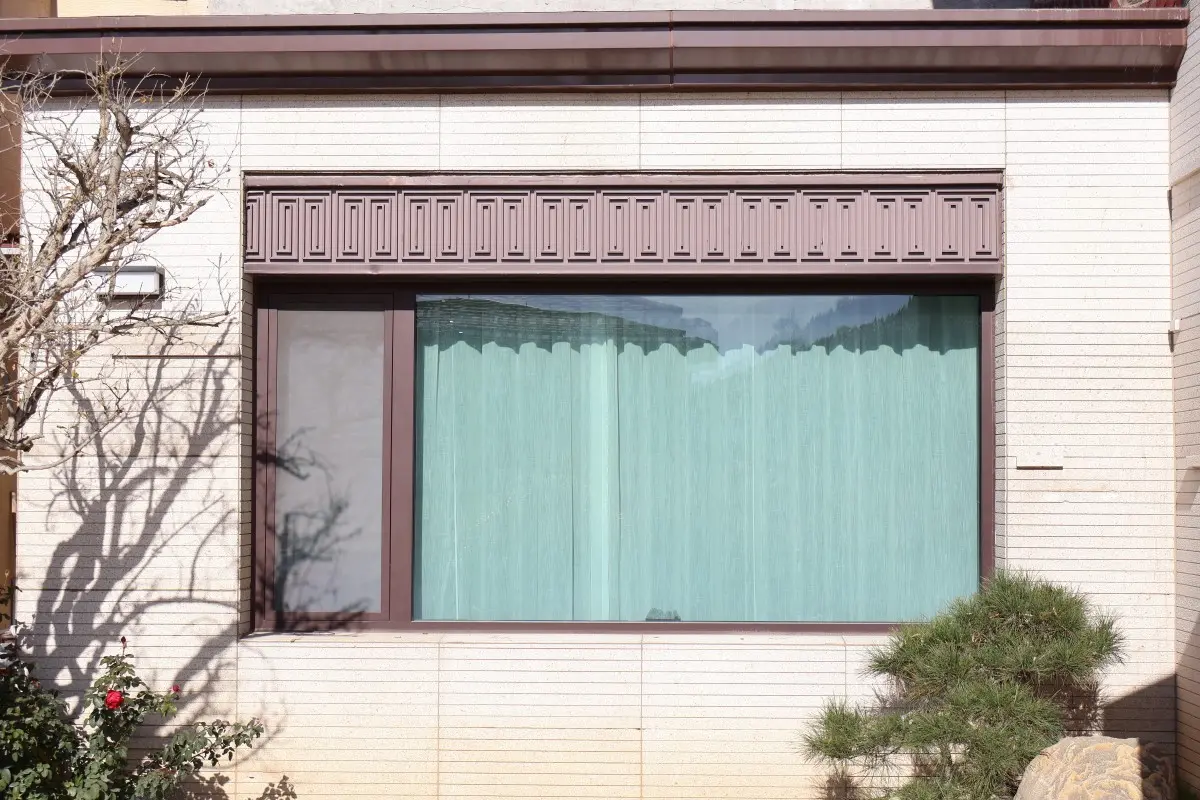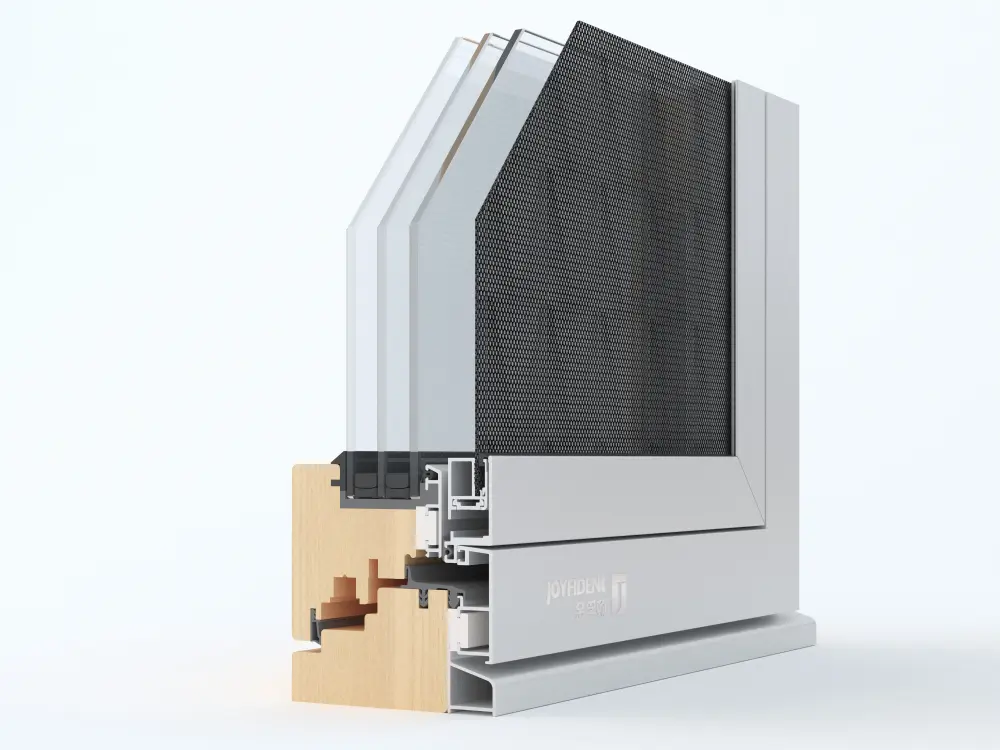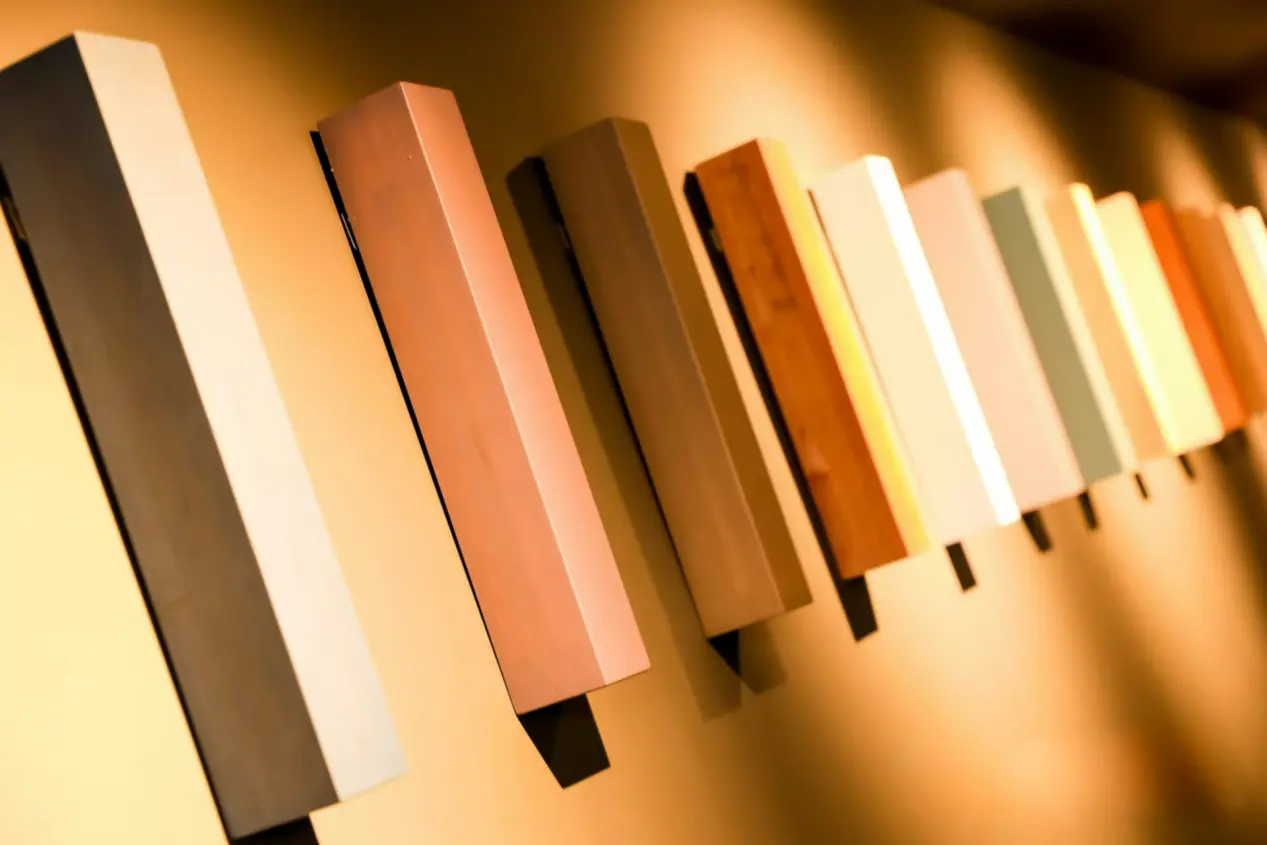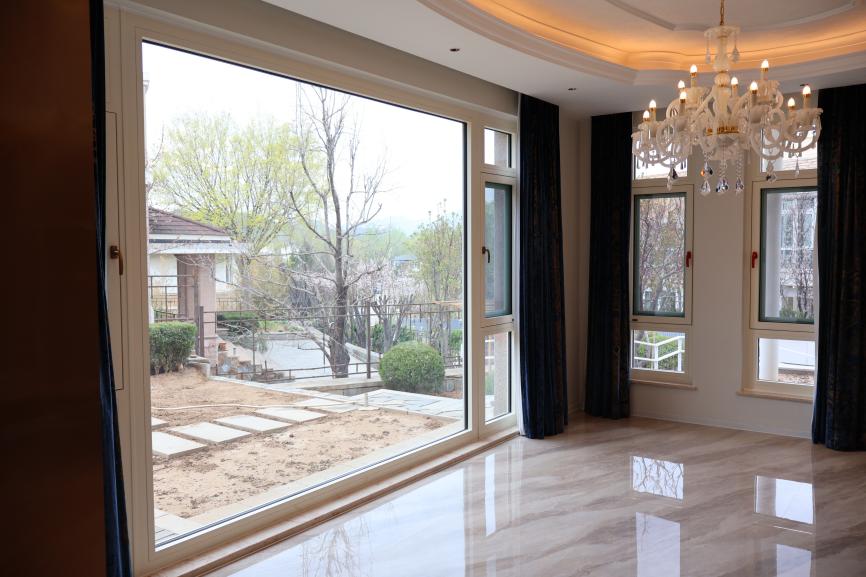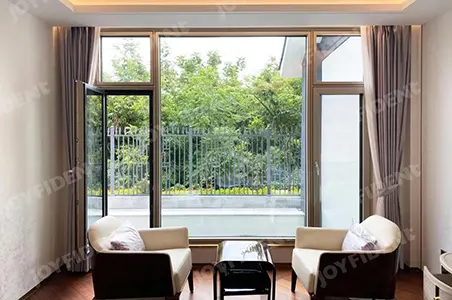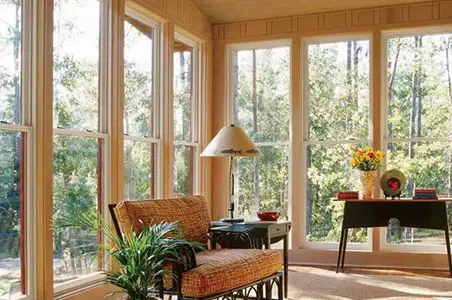How to Choose Between Aluminum Windows And Aluminum Clad Wood Windows

As consumers' demands for home quality and energy conservation and environmental protection increase, the choice of door and window materials has become an important issue in decoration. Aluminum windows (represented by thermally-broken aluminum) and Aluminum Clad wood windows are mainstream products, and each has differences in performance, price, and applicable scenarios. This article combines market research and industry data to provide consumers with scientific purchase suggestions.
1. Material and structure comparison
Aluminum windows (thermal broken aluminum): Aluminum alloy profiles are used, and the "thermal broken " structure is formed by thermal insulation strips in the middle, which effectively blocks heat transfer and has both lightness and weather resistance.
Aluminum clad wood windows: Solid wood is used as the main frame, and the outer layer is covered with aluminum alloy. Combining the natural thermal insulation of wood and the durability of aluminum, the appearance is more high-end.
2. Core performance differences
Insulation and energy saving
Aluminum clad wood windows have a lower thermal conductivity of wood (1.3), and their thermal insulation performance is significantly better than that of thermally-broken aluminum windows (thermal conductivity 3.0), which can reduce about 50% of heat loss and are more suitable for cold winter and hot summer areas.
The thermal insulation strip design of the broken bridge aluminum window can also achieve good energy-saving effects, but the overall thermal insulation is slightly inferior.
Sound insulation and sealing performance
The aluminum clad wood window uses three layers of hollow glass and inert gas filling, combined with the natural sound absorption characteristics of wood, and has better noise reduction performance; its double-layer sealing structure (wood + aluminum) can effectively prevent water mist penetration.
The sound insulation effect of the broken bridge aluminum window depends on the hollow glass and sealing strips. Although it can meet general needs, it performs poorly in areas with severe noise such as viaducts.
Fire resistance and safety
The ignition point of the wood of the aluminum clad wood window is 250℃, and a carbonized layer is formed during combustion to delay the fire, while the melting point of the aluminum of the broken bridge aluminum window is 660℃, which is easy to deform and collapse at high temperature, and there is a risk of secondary hazards
3. Applicable scene recommendations
Situations where aluminum windows (broken bridge aluminum) are recommended Limited budget, pursuit of practicality and economy;
Enclosed balconies in ordinary residences, no need for extreme sound insulation and heat insulation;
Humid environments such as kitchens and bathrooms (aluminum clad Wooden Windows are susceptible to moisture).
Situations where aluminum clad wooden windows are recommended
Villas and high-end residences, focusing on beauty and overall decoration style;
Areas with severe noise such as streets and elevated roads;
Families with high requirements for energy saving and environmental protection, and need to reduce energy consumption for a long time.
